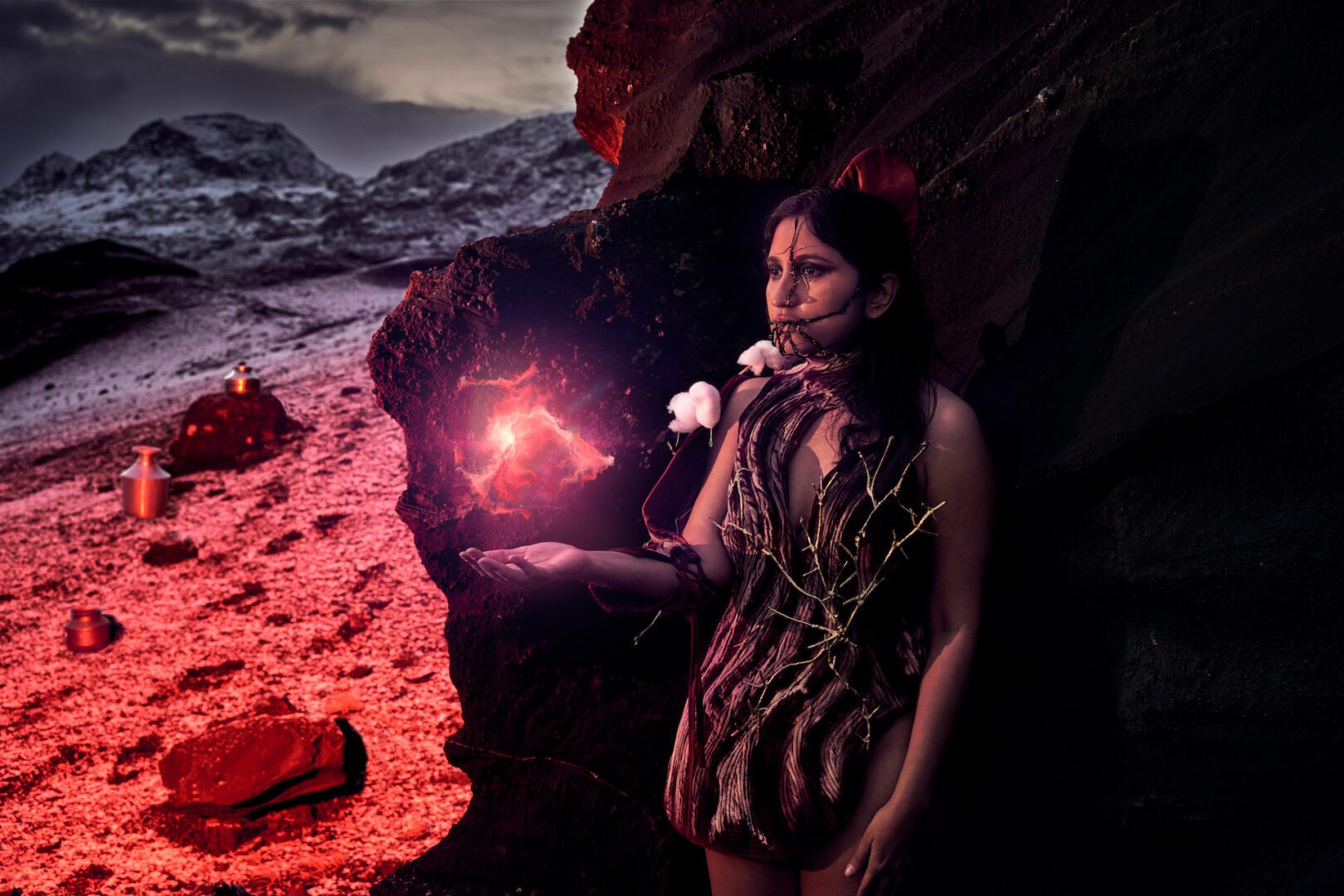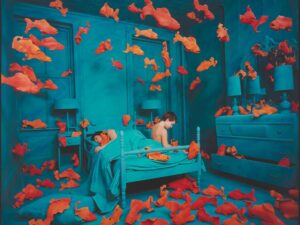Poulomi Basu stands as one of the most compelling voices in contemporary visual culture, a documentarian and visionary whose work surpasses mere representation to interrogate the structures of power, exclusion and gender-based violence that define the lived experiences of women in the Global South. Born in Kolkata in 1983, Basu attended the London College of Communication, where her mastery of photojournalism and documentary photography was recognised with distinction. Her trajectory is marked not only by aesthetic innovation but by a profound social conscience, merging art and activism into a practice that challenges audiences to reconsider the nature of storytelling, representation and empowerment. Across photography, film, virtual reality and installation, Basu forges spaces in which the marginalised are not merely observed but invited to assume agency and authorship of their own narratives.
The arc of Basu’s career is illuminated by three seminal projects that have defined her international reputation. Centralia (2010–2020) confronts the systemic dispossession of Adivasi communities in central India, bringing into focus a conflict that has been largely invisible to the global eye. Combining documentary photographs, staged scenes and found imagery, Basu crafts a docufictional universe in which reality and imagination intersect. The work exposes the violence inflicted upon indigenous land rights while simultaneously creating a narrative space in which resistance, solidarity and historical memory are made palpable. Exhibited widely and collected by institutions including the Victoria and Albert Museum, Centralia sets a precedent for Basu’s method of interweaving fact and fiction to render complex socio-political realities legible yet experientially immersive.
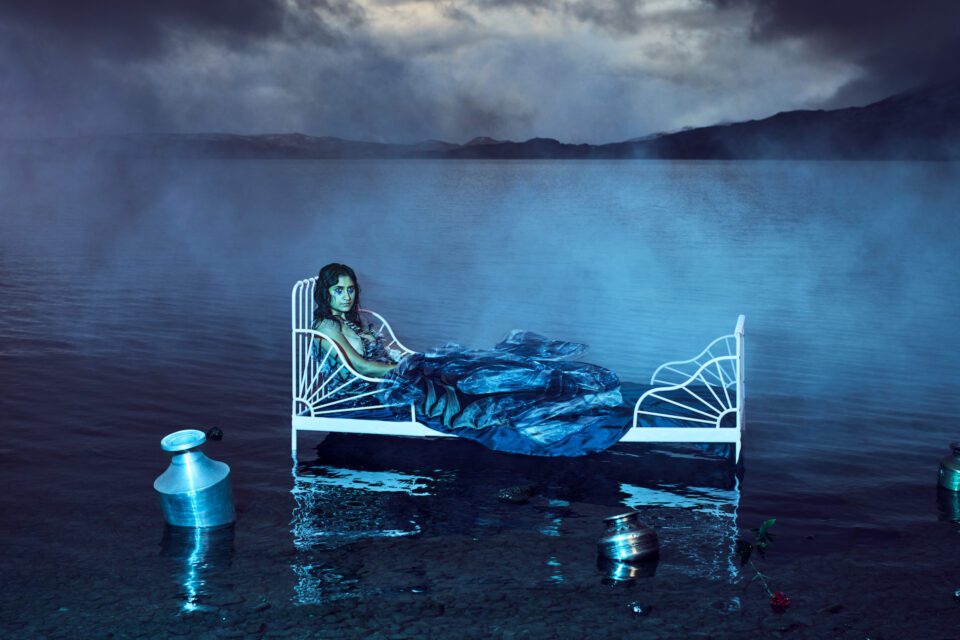
Blood Speaks: A Ritual of Exile (2013–2018) turns attention to the ritual of chhaupadi in Nepal, in which menstruating women are isolated in crude huts, subjected to violence and systemic neglect. What began as a photo essay evolves into a virtual reality installation, inviting audiences to inhabit the psychological and physical spaces of those affected. This project is emblematic of Basu’s dual commitment to artistic practice and tangible social intervention, as she collaborates with NGOs to improve sanitation, raise awareness and challenge enduring patriarchal structures. The work’s international exhibition profile, combined with its activist impact, positions Basu as a practitioner whose art is inseparable from its ethical imperatives.
In Sisters of the Moon (2022), Basu shifts focus to environmental precarity and its intersection with gender oppression. Her fantastical self-portraits conjure magical realist landscapes in which women form alliances with nature, emphasising both the ecological and feminist stakes of resource scarcity. Exhibited in spaces attentive to contemporary visual culture, this body of work resonates as a meditation on dystopia and hope: a vision of a world diminished without the agency, ingenuity and vitality of women. The ecological concerns of this work extend Basu’s thematic reach, situating her oeuvre within urgent global conversations while retaining a deeply personal and imaginative lens.
This autumn, Fotomuseum Winterthur presents Basu’s first institutional solo exhibition in Switzerland, Phantasmagoria, a transmedial exploration of the intersections between imagination and reality. The exhibition title recalls the optical illusions and magic lantern spectacles of the 18th century, a metaphor apt for Basu’s practice, which blurs boundaries between lived experience, speculative futures and emancipatory fantasy. Spanning six key work groups, Phantasmagoria centres on women from the Global South and investigates female bodies as battlegrounds for political, ideological and environmental struggles. Across photography, film, VR and installation, Basu interrogates systemic oppression while offering pathways toward self-empowerment, resilience and imaginative freedom.
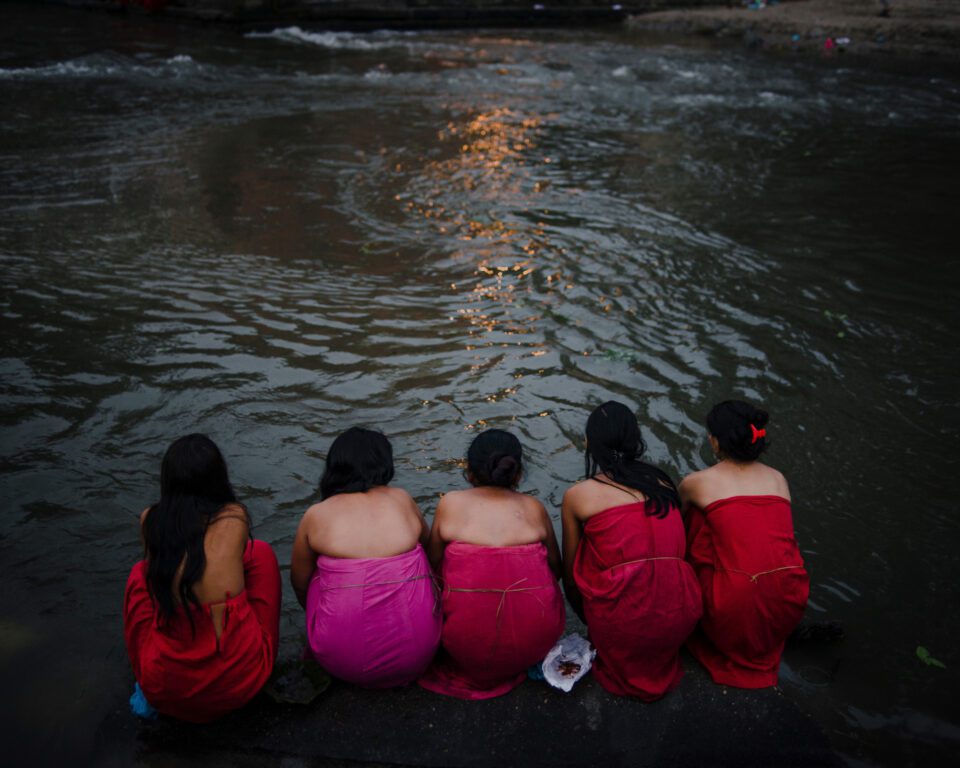
Amongst the most striking elements of the exhibition is its engagement with the politics of visibility. Basu’s subjects, long rendered peripheral in global narratives, occupy the centre of the frame, their voices, gestures and presence demanding recognition. Works such as those in Blood Speaks and Fireflies (2019–ongoing) trace intergenerational trauma while foregrounding acts of self-care, autonomy and narrative reclamation.The exhibition also demonstrates Basu’s adeptness at transmedia storytelling: VR installations immerse audiences in embodied experiences, photographic tableaux blend reality and allegory, and cinematic sequences deploy both fictional and documentary strategies to expand empathy and critical awareness. Central to the exhibition is the tension between vulnerability and power, absence and imagination, oppression and agency. Basu challenges her viewers not only to witness but to confront their own positionality and complicity, to reimagine the frameworks through which women’s lives are represented and understood.
Basu’s work resonates within a broader constellation of female artists whose practices similarly interrogate systems of power while exploring imaginative and feminist possibilities. LaToya Ruby Frazier, an American photographer and filmmaker, documents environmental and social injustice in post-industrial landscapes, creating portraits that merge the personal and the political. Hito Steyerl, a German filmmaker and visual artist, works across essayistic film, installation and media theory to explore the politics of migration, visibility and power. Deana Lawson, an American photographer, foregrounds intimacy, the body and communal identity in photography, emphasising agency and care. Like Basu, each of these artists navigates the fraught terrain between reality and narrative construction, utilising aesthetic innovation to challenge exclusion and to articulate alternative histories and futures.
Returning to Phantasmagoria, it becomes evident that this exhibition occupies a singular position within Basu’s oeuvre. Here, the artist synthesises a decade of experimentation with media and form into a coherent vision of resistance, empowerment and imaginative potential. By juxtaposing works that confront violence and exclusion with those that imagine ecological and personal liberation, Basu constructs a narrative that is both urgent and generative. The exhibition’s attention to multisensory engagement – through VR, installation and immersive storytelling – allows audiences to inhabit perspectives that are often socially or politically marginalised, fostering empathy without spectacle. It is precisely this delicate balance between visibility, imagination and criticality that positions Phantasmagoria as a landmark moment in contemporary photographic and transmedia practice.
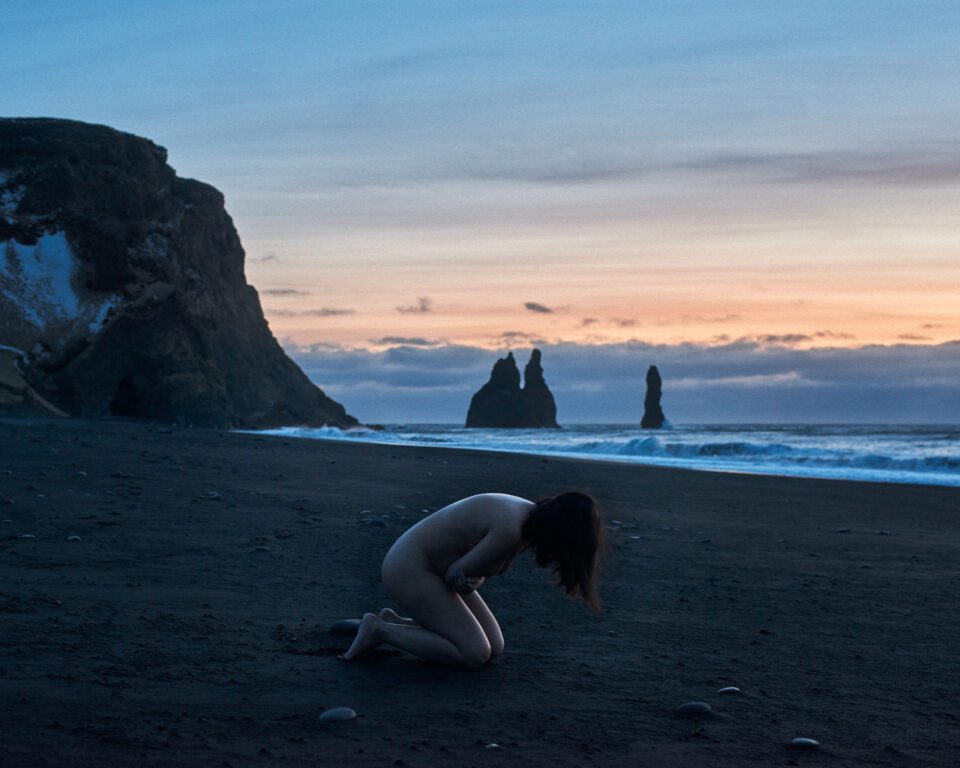
Beyond its aesthetic and political achievements, the exhibition is deeply attentive to legacy. Basu’s commitment to collaborative practice – through NGO partnerships, activist engagement and educational programming – ensures that her work resonates beyond the gallery space. In doing so, she extends the impact of her art into lived realities, prompting reflection, dialogue and, crucially, action. Phantasmagoria invites audiences not merely to observe but to reconsider the ways in which stories are told, histories constructed, and futures imagined. In presenting women as both protagonists and agents of transformation, Basu establishes a model of artistic practice that is at once visionary, urgent and generative, reaffirming the capacity of art to illuminate, to challenge and to inspire.
Basu’s ongoing impact in the UK is evident in her current exhibition Always Coming Home at Focal Point Gallery, Southend-on-Sea, which transforms the gallery into layered realities where memory, imagination and the politics of displacement converge. Across performance, photography, sculpture, sound and moving-image, Basu creates immersive environments in which exile and visibility are radically re-imagined, offering audiences the opportunity to encounter alternative narratives of resilience and agency.
Phantasmagoria is a testament to the power of imaginative empathy and aesthetic rigour. It is an exhibition that refuses complacency, demanding engagement with the complexities of gender, ecology, violence and resistance. Here, art functions not merely as documentation but as intervention, shaping perceptions and possibilities alike. Basu’s work is a clarion call for recognition, reflection and action. It makes a significant contribution to the ongoing effort of making visible the invisible – amplifying voices that should be heard.
Poulomi Basu – Phantasmagoria is at Fotomuseum Winterthur from 25 October – 15 February.
Words: Anna Müller
Image Credits:
1. Poulomi Basu, Radical Light, from Sisters of the Moon, (2022). © Poulomi Basu
2. Poulomi Basu, Radical Light from Sisters of the Moon, (2022). © Poulomi Basu
3. Poulomi Basu, from Blood Speaks: A Ritual of Exile, (2013–2018). © Poulomi Basu
4. Poulomi Basu, from Fireflies, (2019–ongoing). © Poulomi Basu


